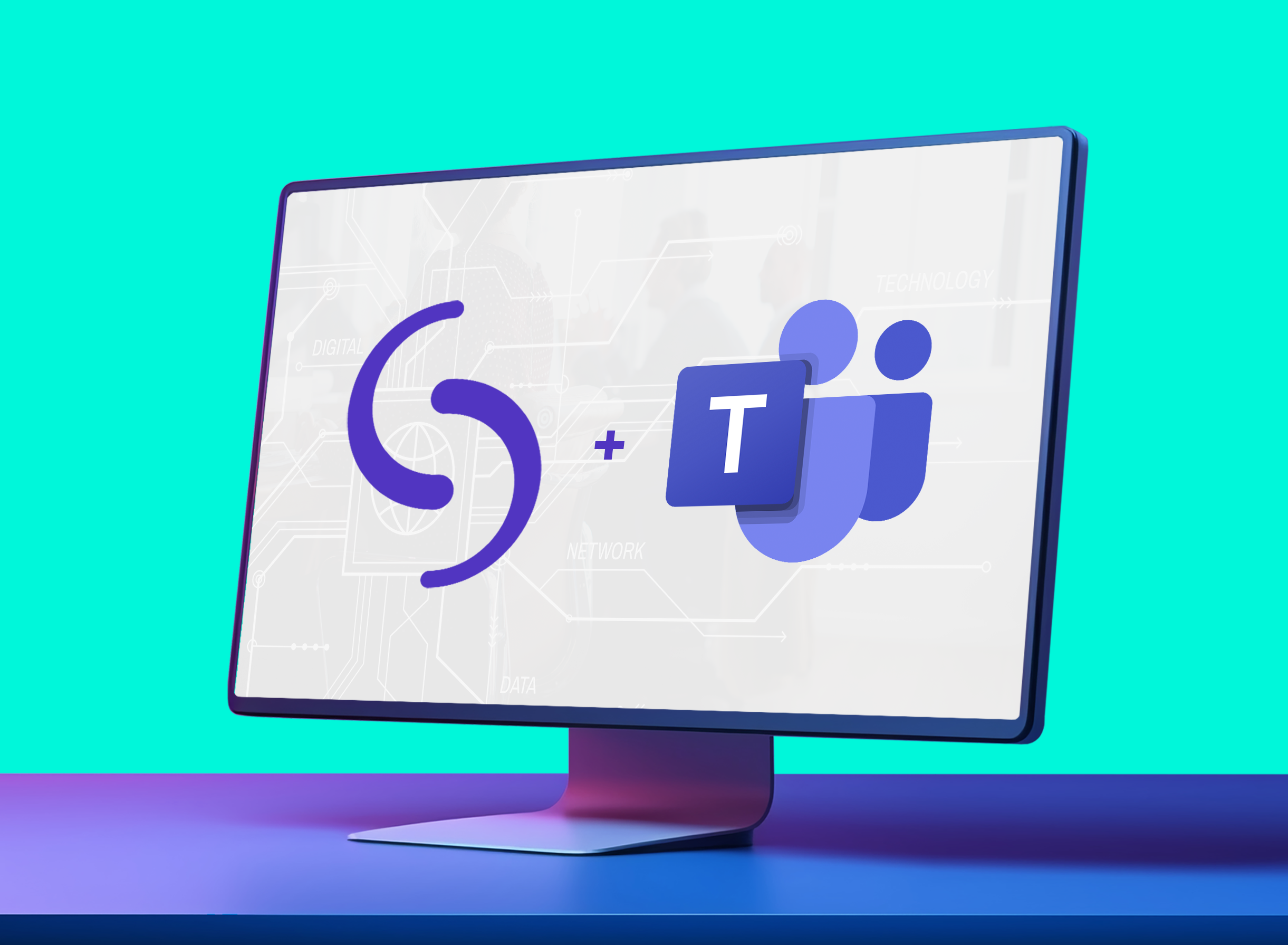Contents
Customer experience is a huge differentiator when it comes to the brands people love. In fact, today 86% of buyers will pay more for a better customer experience, which is why contact center managers are constantly striving to improve operations.
This is a situation we’re all familiar with. But when COVID-19 struck in February this year, we were introduced to a whole new world of challenges. There was more remote working, a rise in digital communication, a surge in contact volume, and new customer behaviors and demands. All in addition to the familiar, day-to-day challenges.
Now, almost a year later, it’s clear that things may not return to the normal we knew before. In fact, only 7% of companies anticipate returning to a traditional contact center model once the pandemic is over.
This means contact centers have been forced to take the first step on a transformation journey. One where real-time intelligence, digital channels, automation and AI will play a huge part in their future.
To help ensure the success of this journey, Customer Contact Week’s recent Future of The Contact Center report provides four steps for empowering agents to answer questions during the pandemic, and beyond.
The benefits of following these four steps are clear: Internal support inquiries will dramatically fall, agent frustration will decrease, access to knowledge will exponentially rise and productivity and customer satisfaction will soar.
Step one: Unify company knowledge and expertise
Silos are a huge problem in modern contact centers, with knowledge spread across separate channels, systems, and employees.
To survive in the new normal, these silos must be eliminated. You can’t rely on your agents searching various knowledge bases to find information that may not even be current. It will damage customer experiences and frustrate your employees, which can lead to lost business and high staff turnover.
The key is to consolidate knowledge in real time, making it accessible to everyone who needs it. And that means uniting everything on a single platform.
| “Organizations need to stop adding new, additional interfaces. They need to look to solutions that work within current infrastructures. From Starmind’s perspective, although we can offer our platform as standalone, we believe integration and connections are the best approach for agent efficiency.” |
Step two: Leveraging AI to identify improvement opportunities
The one certainty in the current climate is that you can’t be certain about what comes next. Your agents might find themselves answering new types of questions or dealing with enquiries about new products and services.
AI can give you foresight into these changes by analyzing existing interactions, tickets and knowledge bases to identify anomalies and new issues. This can help you highlight knowledge that needs to be updated, pinpoint training needs or find internal experts who can help resolve issues.
Step three: Cultivate expertise and augment performance
AI can also play a crucial role in refining knowledge and pushing information to those who need it. It can anticipate employee questions, provide real-time guidance through self-service tools, and prevent employees having to file a ticket or track down the colleague with the knowledge they need.
However you implement your AI solution, it’s important to make sure that access to this knowledge is flexible, and that your agents can get answers on their terms and in a way that feels intuitive and familiar.
Step four: Creating a culture of proactive expertise
Most important of all is that you take a proactive approach to developing expertise and improving knowledge sharing within your organization. Change is happening, so now is the time to look ahead.
This can involve using bots to handle simple tasks, freeing your agents to address more complex inquiries. It could also mean using AI to anticipate the new types of questions your employees are likely to receive, and adjusting your knowledge systems accordingly.
Step four: Creating a culture of proactive expertise
The good news is, each of things are easy to implement. The Starmind platform embodies all of the steps outlined above, helping companies instantly improve internal knowledge, uncover burning operational questions, eliminate skill gaps, and cultivate internal experts.
If you want to learn more, you can read the full Future of the Contact Center report here. It includes the results of a survey that spanned numerous industries and companies of all sizes to uncover:
- Which CX initiatives and technologies are essential to customer centricity
- How companies plan to adjust to the ‘new normal’ after COVID-19
- The remote working challenges that are demanding change
- How digital service channels are on the rise
- The biggest priorities for AI investments
Read the full report.
1 - https://www.superoffice.com/blog/customer-experience-statistics/



